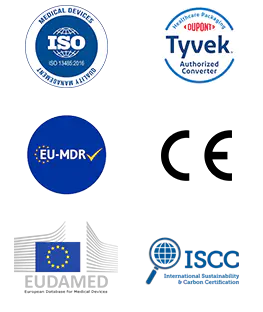In the field of medical sterilization packaging, safety and convenience have always been the core concerns of the industry. The Sterilization Self Sealing Pouch is gradually becoming an important choice for medical institutions and laboratories thanks to its unique structure and ease of operation. This article will analyze its main applications, working principle, advantages and differences, environmental value, and industry impact, exploring why it is reshaping the future of medical packaging.
Content
Main Applications and Features of Sterilization Self Sealing Pouch
So, what are the main applications and features of sterilization self sealing pouches?
They are primarily used for the packaging and sterilization of medical instruments, consumables, and laboratory supplies, especially small and medium-sized instruments for temporary storage and transportation.
Its biggest feature lies in the self-adhesive sealing strip on one side of the pouch. Without the need for additional heat-sealing equipment, users can directly seal the pouch after placing the items inside. This design significantly saves time in daily medical operations.
Key features include:
Self-sealing design: No additional equipment required; sealing by hand pressure.
Transparent viewing window: Allows for easy identification of contents, reducing misuse risk.
High bacterial barrier: Maintains sterility over extended storage periods.
Durable material: Tear-resistant and puncture-resistant, suitable for transport and long-term storage.
Working Principle and Usage
What is its working principle and how is it used?
Sterilization self sealing pouches are typically made of medical-grade dialysis paper and transparent plastic film. The paper side contains micro-porous structures that allow sterilant agents to penetrate into the package, ensuring sterilization of the contents, while the plastic side provides strong sealing and visibility.
General usage steps:
1.Select the right size pouch.
2.Place clean, dry instruments inside.
3.Peel off the strip cover and fold the adhesive flap to seal.
4.Sterilize using the required method (steam, ethylene oxide, etc.).
5.Store or use directly after sterilization.
This simplified process reduces operational complexity and minimizes the risk of sterilization failure due to improper sealing.
Advantages Compared to Conventional Sterilization Packaging
So, what advantages does it have over conventional sterilization packaging?
Traditional sterilization pouches typically require heat-sealing equipment, which increases equipment investment and extends operating time. Self sealing pouches, on the other hand, enhance efficiency by eliminating this extra step while maintaining sterile barriers.
| Dimension | Conventional Packaging | Self Sealing Pouch |
|---|---|---|
| Sealing method | Heat-sealing equipment | Self-adhesive strip |
| Operation complexity | Higher | Simple, fewer steps |
| Applicable scenarios | Mass production lines | Small batch, flexible use |
| Transparency | Partially limited | Full transparent film |
| Cost structure | Equipment-dependent | Higher per unit, but saves equipment costs |
This difference makes self sealing pouches particularly popular in clinics, small medical institutions, and laboratories.
Flexibility Compared to Flat Roll Pouches
What are the flexibility differences compared to flat roll pouches?
Flat roll pouches are supplied in roll form, allowing users to cut and seal as needed, making them suitable for irregular or large instruments. Self sealing pouches, on the other hand, come in pre-made sizes with less flexibility. However, their strength lies in ease of operation and quick sealing without extra equipment.
The two are not substitutes but complementary:
Flat roll pouches are better for large-scale production and customization.
Self sealing pouches are more suitable for quick packaging and routine use.
Environmental Value and Waste Disposal
Modern sterilization self sealing pouches are increasingly made from recyclable or biodegradable materials (such as certain Tyvek-based substrates), aiming to reduce environmental impact. After use, disposal methods generally include:
1.Professional medical waste classification – handled according to medical waste regulations.
2.Material recycling – some materials can re-enter recycling systems.
3.Incineration – suitable for medical waste requiring the level of safety.
Compared with traditional plastic packaging, high-quality self sealing pouches offer better environmental performance, aligning with sustainable development trends.
Impact on the Industry
1.Improved efficiency in medical operations
The self-adhesive seal design eliminates the need for additional heat-sealing steps, making the packaging process faster. For small and medium-sized medical institutions, clinics, and laboratories, this translates into significant savings in labor and time costs.
2.Reduced equipment dependence and cost barriers
Conventional heat-sealed packaging requires sealing machines, which not only raise initial investment but also require operator training. The widespread use of self sealing pouches reduces equipment reliance, allowing more basic-level healthcare units to achieve compliant sterilization packaging with ease.
3.Enhanced medical safety and compliance
The more intuitive and simplified sealing process lowers the risk of human error, reducing sterilization failure and cross-contamination. This advantage is particularly valuable in the context of increasingly stringent compliance requirements.
4.Promotion of standardized disposable medical consumables
The widespread use of self sealing pouches drives the trend toward disposable and standardized medical packaging. This not only facilitates unified management but also encourages manufacturers to innovate in terms of materials, sizes, and performance.
5.Support for environmental protection and sustainability
With the growing emphasis on green healthcare, self sealing pouches are increasingly designed with eco-friendly materials that reduce energy consumption and waste emissions. This trend is pushing the medical packaging industry toward a more sustainable path.
6.Driving market segmentation and diversity
Together with flat roll pouches and pre-made pouches, self sealing pouches create a multi-level packaging solution. While self sealing pouches excel in small-batch, quick-use scenarios, flat roll pouches are better suited for large-scale production. Their complementarity fosters greater market segmentation and diversity.
Why Choose It?
So, why choose sterilization self sealing pouches?
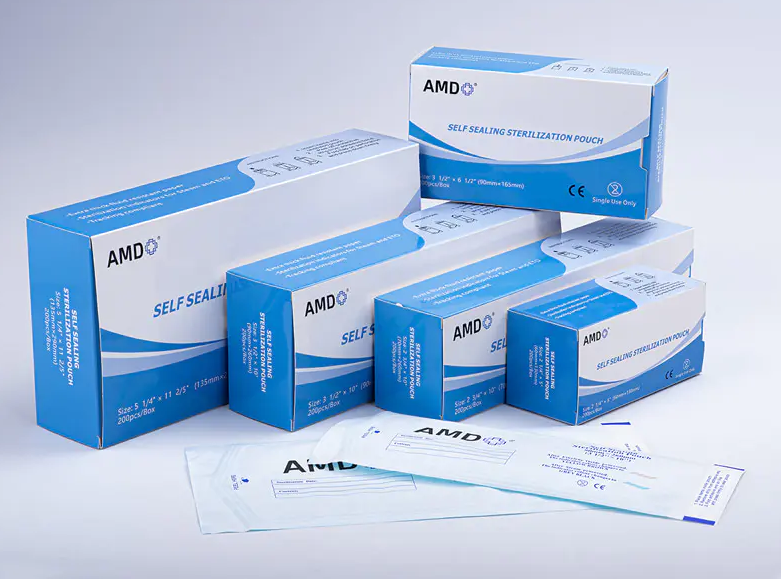
The reasons can be summarized as follows:
Convenient operation: No heat sealing required, lowering the usage threshold.
Multi-method compatibility: Suitable for steam, EO, and other sterilization methods.
Efficient management: Transparent film and indicator markings for easy identification and traceability.
Reliable sterile barrier: Combines breathability with protective performance to ensure sterility.
Cost-effective: While the unit price may be slightly higher, it reduces equipment investment and operational costs.
This makes self sealing pouches an ideal choice for many medical institutions, especially small and medium-sized facilities.
As a key innovation in medical sterilization packaging, the Sterilization Self Sealing Pouch is reshaping the industry through its simplicity, safety, and adaptability. For institutions seeking to improve efficiency while maintaining safety, it is not just a packaging solution but also a reflection of higher healthcare service quality. Looking forward, with the advancement of eco-friendly materials and the growing demand for standardization, self sealing pouches will play an increasingly significant role in the medical packaging sector.

 English
English Français
Français Deutsch
Deutsch Nederlands
Nederlands


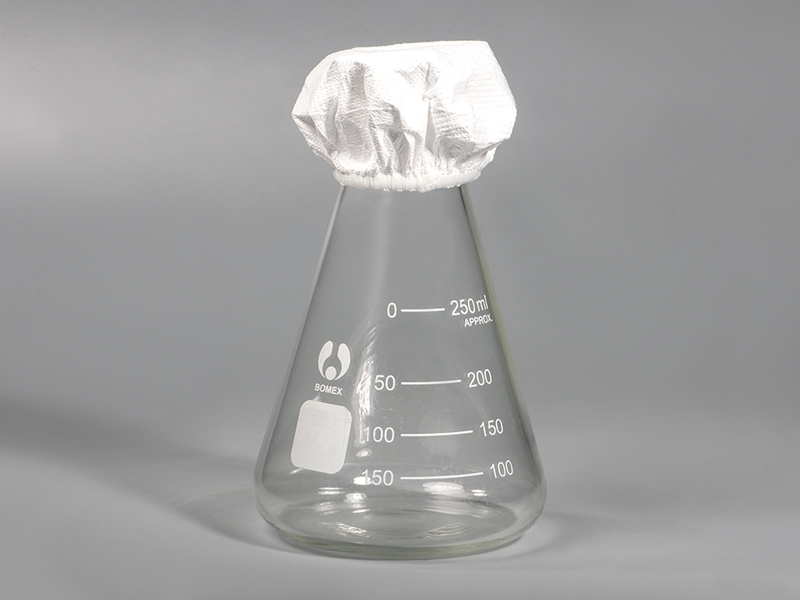
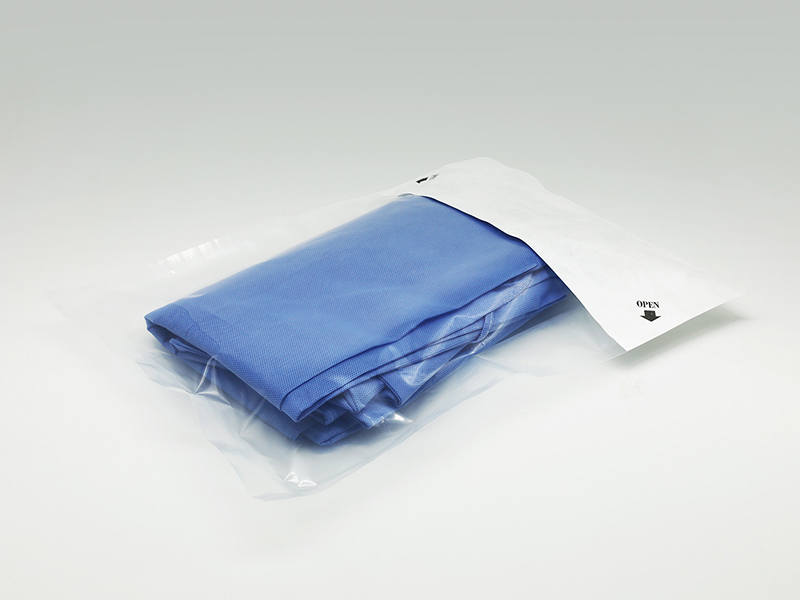



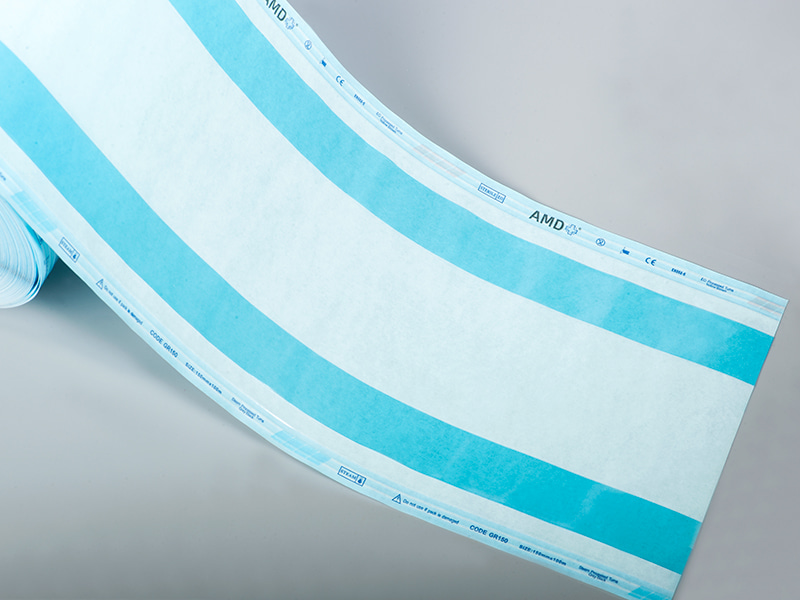
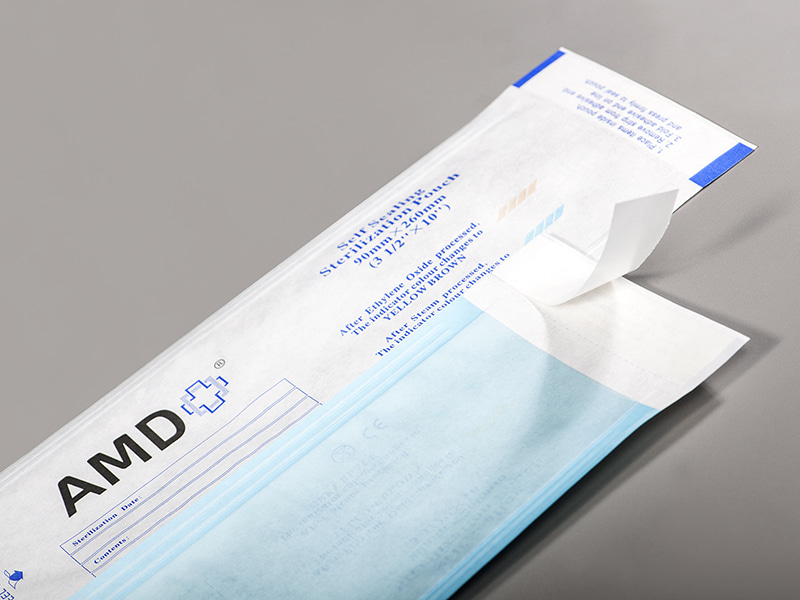
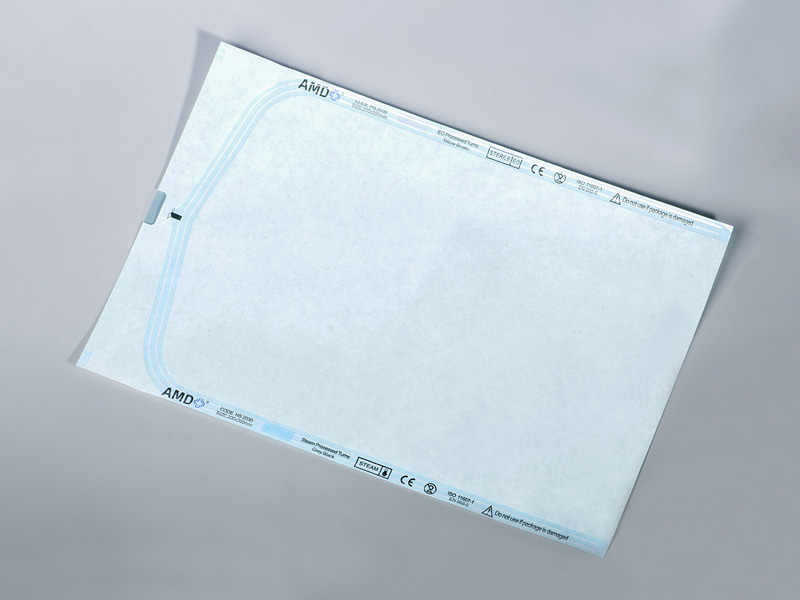
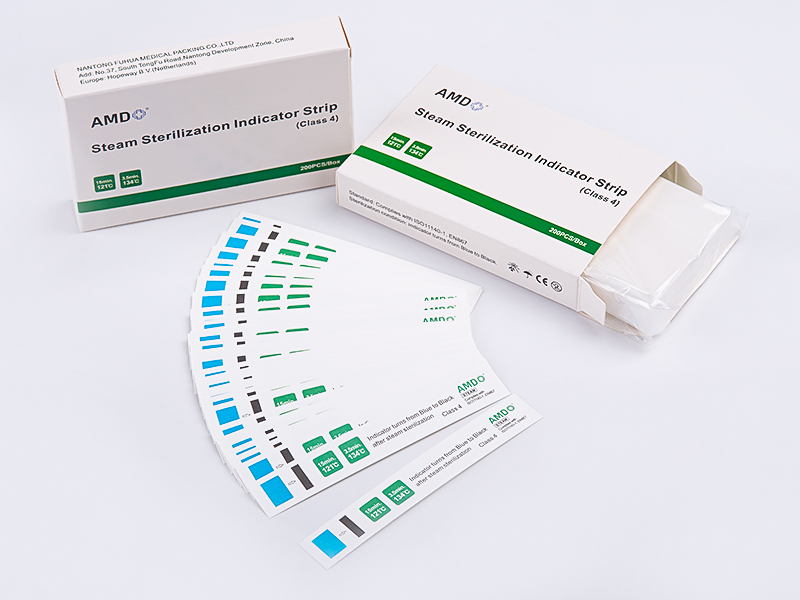
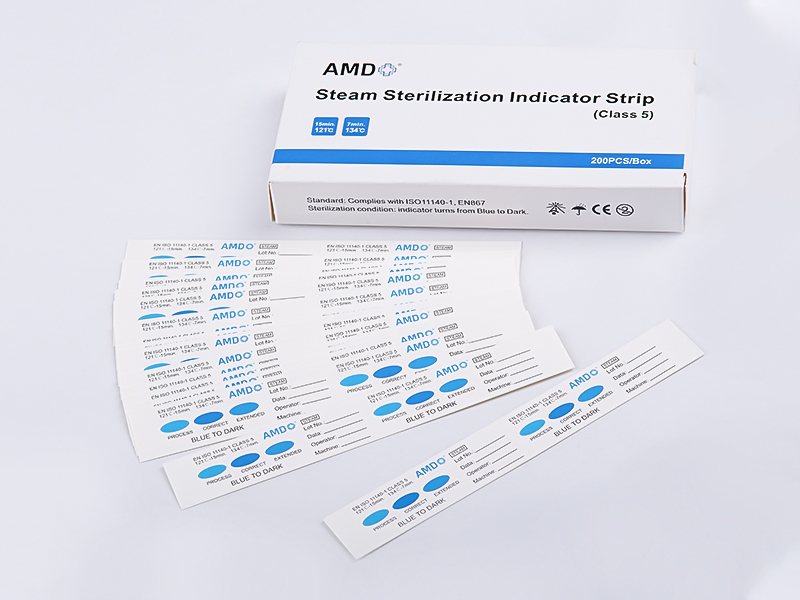

 ‘s-Gravenweg 542, 3065SG RotterdamThe Netherlands
‘s-Gravenweg 542, 3065SG RotterdamThe Netherlands
 +31 (0)10 254 28 08
+31 (0)10 254 28 08
